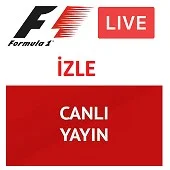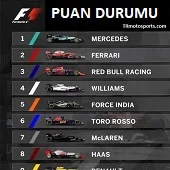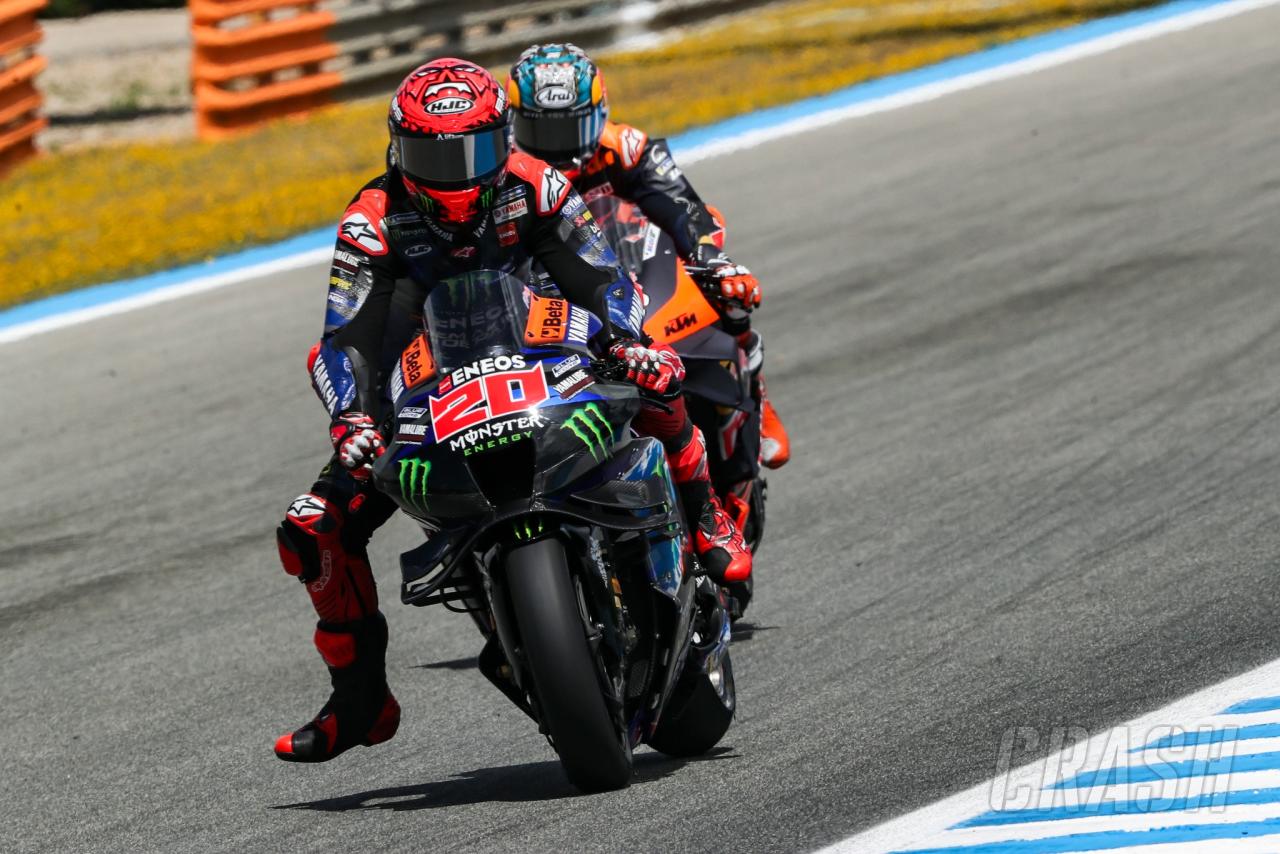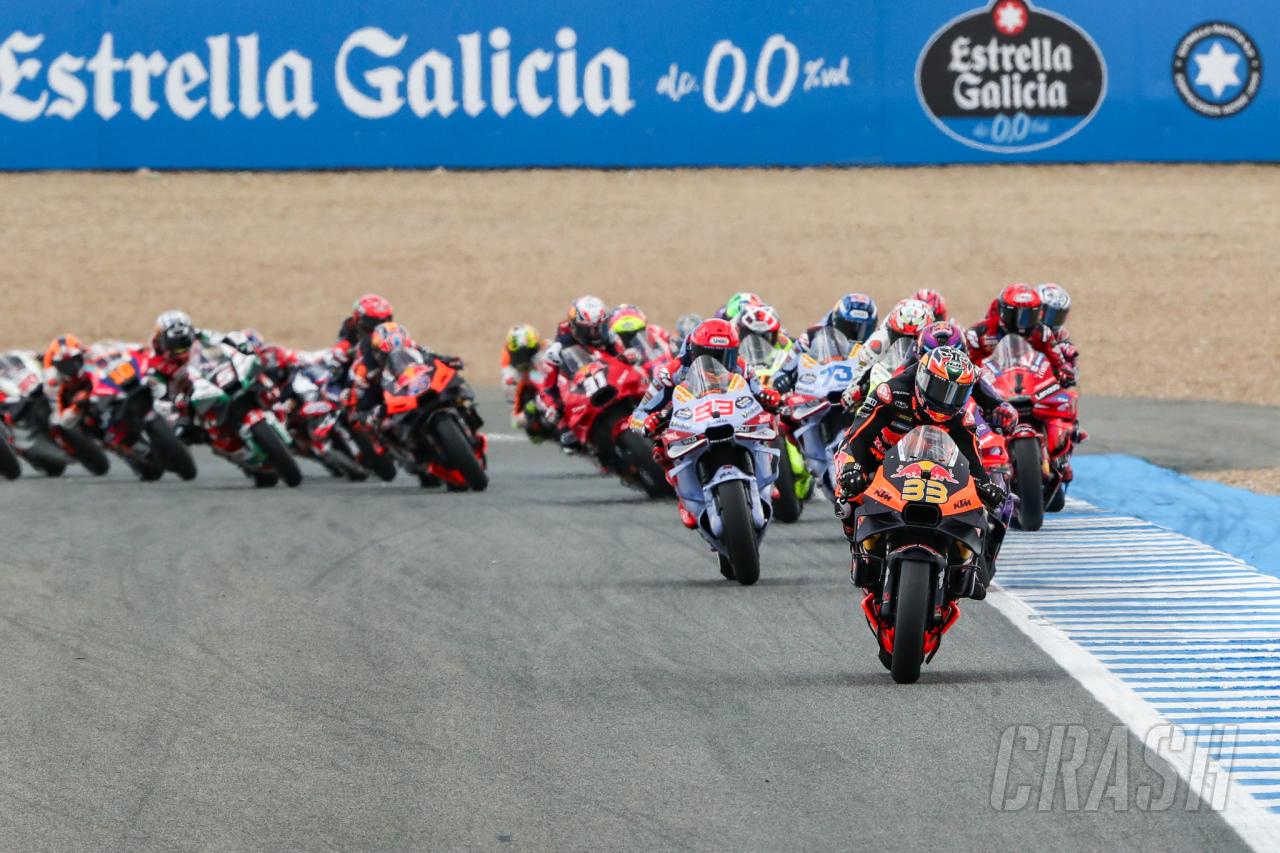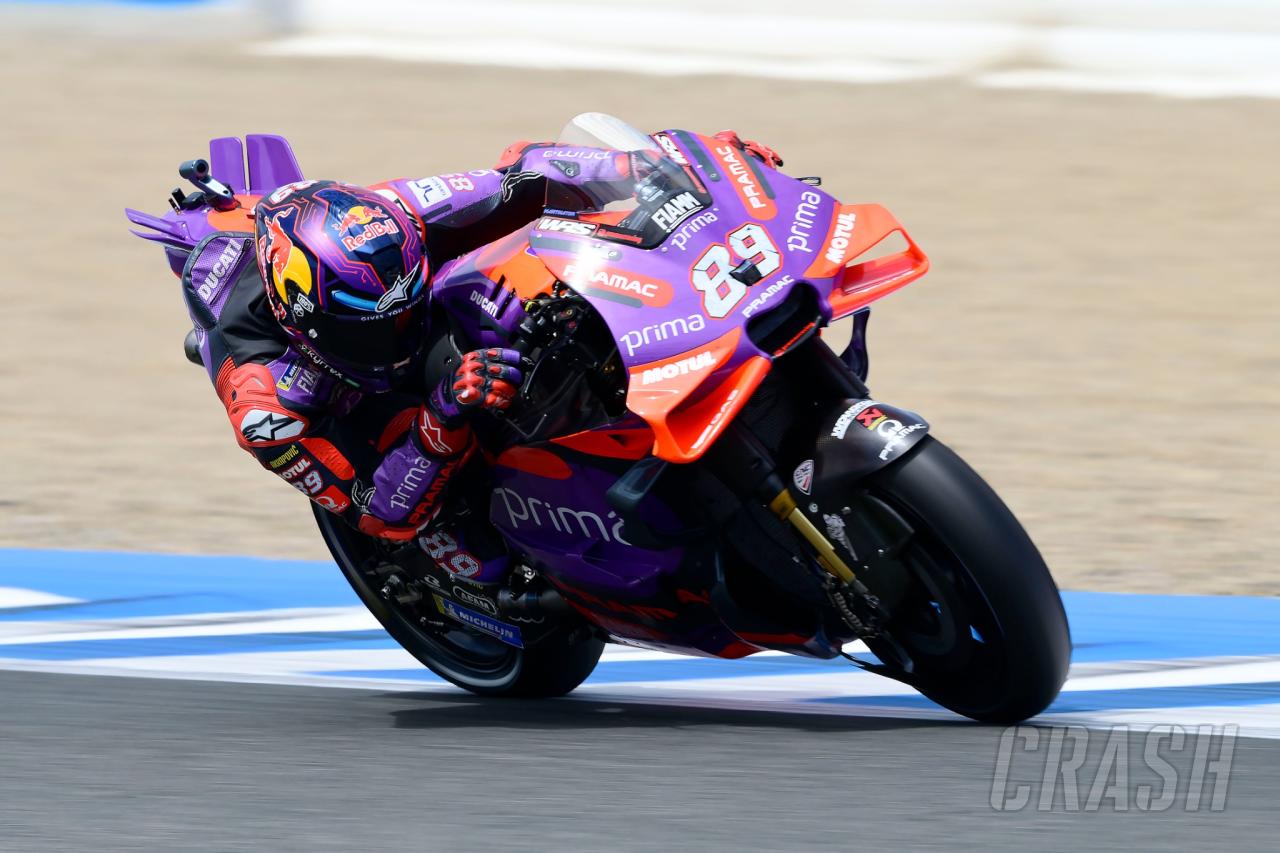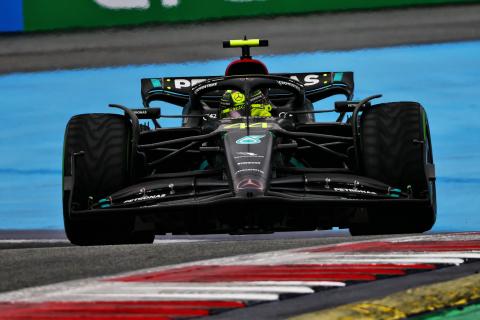
Explained: How Mercedes say their crucial new upgrade will benefit them
| F1 Live | F1 Replay | F1 Standings |
MercedesFront Wing Endplate – Performance – Flow Conditioning – Sideview profile change and diveplane chamber reduced. Improved alignment of endplate and dive plane across all conditions, resulting in cleaner flow and redistributed vorticity – floor performance improved as a result.Front Wing – Performance – Flow Conditioning – Change in chord distribution of front wing elements. Change in front wing chordwise and spanwise loading distribution resulting in redistribution of front wing wake downstream – improving flow to the bodywork and floor.Red BullFront Corner – Circuit specific – Cooling Range. Reduced intake and exit area brake duct within the wheel bodywork regulation. The Silverstone circuit offers a low braking energy level and as such allows for smaller area intakes and exits. Adapted to the existing inside brake drum face, the cap is reduced in span to shrink the area, same geometric change applies to the exit duct.How the fight for 2nd in the F1 Constructors Championship is heating upVideo of How the fight for 2nd in the F1 Constructors Championship is heating upAlpineFront Wing Performance – Local Load Revised main plane, flap and front wing end plate. The new front wing gives better low-speed management of the wake and reduces losses inboard of the front tyre.McLarenFront Wing Performance – Flow Conditioning New Front Wing Assembly. A completely revised Front Wing assembly featuring new elements as well as endplate geometry, aiming at better flow control resulting in an increase of aerodynamic load.Nose Performance – Flow Conditioning New Nose Assembly In conjunction with the aforementioned Front Wing, the Nosebox geometry has been revised, in sympathy with geometric and aerodynamic changes.Rear Corner Performance – Local Load Revised Rear Brake Duct Geometry The Rear Brake Duct external Winglet array has been revised, resulting an overall increase of local load produced by the assembly.Related Hamilton summoned to stewards for late press conference arrival The shock F1 driver who criticised “spoiled” Hamilton’s team radio messagesRear Suspension – Performance – Flow Conditioning Modified Rear Toelink shroud – The Rear Toelink Shroud has been modified in conjunction with the revision of the rear corner geometry, in order to increase local load.Alfa RomeoFloor Body Performance – Flow Conditioning Redesigned floor keel winglets, mid floor geometries – This update is part of a wider set of changes to the floor to improve the aerodynamic flow of the car, maximising load during cornering.Floor Fences Performance – Flow Conditioning Redesigned floor fences – This update is part of a wider set of changes to the floor to improve the aerodynamic flow of the car, maximising load during cornering.Diffuser Performance – Flow Conditioning Redesigned diffuser expansion – This update is part of a wider set of changes to the floor to improve the aerodynamic flow of the car, maximising load during cornering.Rear Corner Performance – Flow Conditioning Redesigned rear brake duct – Together with the updated floor, the new rear brake ducts help the aerodynamic efficiency of the car, maximising load during cornering.Rear Suspension – Performance – Flow Conditioning Realigned rear suspension covers – Together with the updated floor, the new suspension cover alignment helps the aerodynamic efficiency of the car, maximising load during cornering.Aston MartinFront Wing – Circuit specific – Balance Range – New front wing flap has reduced chord and incidence compared to the versions previously used on the front wing introduced in Spain. With the reduced chord and incidence the front wing is less loaded so is used to balance the car at lower downforce rear wing levels.Rear Corner – Circuit specific – Cooling Range – New rear brake duct inlet and exit to increase disc and caliper cooling, with revised barrel face elements to suit the new layout. Inlet and exit have been developed to increase theinternal massflow through the brake duct so increasing the heat rejection from the system.HaasFront Suspension – Performance – Local Load – New design of the fairing of the group of suspension legs that merge into the front wheel shroud. To improve the flow of the wake released by thegroup of front suspension leg, an evolution spanwise of the surface has been studied. This new geometry will improve the impact with the surfaces of the front corner and the vertical fin.Front Corner Performance – Local Load – Front corner surface has been improved, with the inclusion of the duct and the vertical fin. A more advantageous shape of the duct in its inlet and outlet part has been changed together with the deflector that now can provide a more performing aerodynamic field.”4Beam Wing Performance – Local Load – We will introduce a new rear wing assembly in the lower elements. They have been studied in conjunction with the new rear wing top element that we are using for a couple of races – Car efficiency has been improved with both rear wing profile elements of new concept. Some variations for the airfoil design and the geometrical parameters distribution along the spa, have allowed to improve the flow at the rear part of the car and in particular respect the interference with the floor diffuser.AlphaTauriFloor Body Performance – Local Load – Compared to the previous floor body, underfloor surfaces local to the forward floor fences have changed and the leading edge of the floor raised. Floor body roof changes local to the floor fences combine with fence geometry changes to generate stronger vorticity from fence shedding edges, which gives increased local load. Raising the floor leading edge increases mass flow to the underfloor, which increases floor loading.Floor Fences Performance – Local Load – Compared to previous floor fences, their camber distributions have changed in sympathy with changes to the floor body roof surfaces. Floor fence changes and floor roof changes combine to give increased overall load as described above.Floor Edge Performance – Local Load – Compared to previous floor edges, the new geometry modifies the rearward part of the floor edge wing and extends it inboard at its rearward extremity with a cut-out in the floor edge to suit. The extended floor edge wing acts as a trailing edge device to the main floor edge, lowering local pressure and giving better sealing of the floor for increased local load.Diffuser Performance – Local Load – Compared to the previous diffuser, vertical sidewalls have been modified. The diffuser tail change increases outwash to keep rear tyre wakes further outboard, thereby reducing blockage at the diffuser exit for increased local load.”5Coke/Engine – Cover – Performance – Local Load – Compared to the previous bodywork, its maximum width has been increased. The additional bodywork width generates higher static pressure which reduces the extent to which front wheel wake losses impinge onto the bodywork with yaw and steer. This generates more load from the floor edge due to improved onset flow quality.Rear Suspension – Performance – Local Load – Compared to the previous rear brake drum, an extra winglet has been added behind the rear top wishbone. The winglet addition gives a small increase in local load generated by the brake duct assembly.Rear Wing Performance – Local Load – Compared to the previous medium downforce rear wing assembly, the new geometry loads up the central section more and outboard section less. The more elliptic spanwise loading distribution results in a more efficient assembly that generates similar local load to the previous design but with reduced drag for improved straight line speed.Beam Wing Performance – Local Load – Compared to the previous assembly, the flap element has been removed. Removal of the flap element reduces drag and helps improve overall (lift to drag) efficiency of the rear wing assembly given the medium downforce requirements of this circuit.WilliamsFront Wing -Performance – Flow Conditioning – There is a small change to the central trailing edge of the rearmost element. The area of the wing element is reduced and the trailing edge is reprofiled. The revised front wing element geometry improves the quality of the flow to the floor, which improves the load delivery along its length.Rear Wing – Circuit specific – Drag Range – This low drag rear wing has a higher leading edge to the mainplane with a reduced spanwise camber profile. The angle of attack of the flap element is also reduced. The wing geometry generates less downforce and less drag than our previous family of rear wings. This wing level will be appropriate for some of the remaining tracks on the 2023 calendar.
For motorsport news follow TRmotosports on social media.
